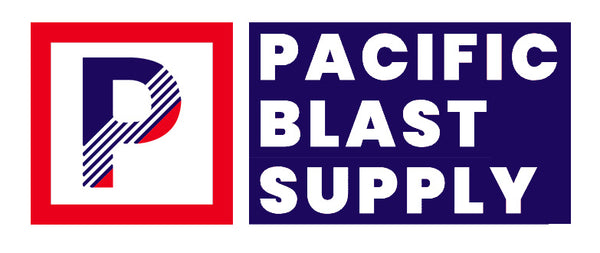How to Select the right blasting equipment
While sometimes referred to as "sandblasting," the proper term for this process is abrasive blasting. This guide will help you choose the right equipment for your abrasive blasting needs.
1. Know Your Project:
- What material are you working with (metal, stone, glass)?
- What are you removing (rust, paint, corrosion)?
- Do you need a delicate touch (etching) or a more aggressive cleaning?
2. Consider the Surface:
- Different materials require different blasting approaches. For example, wood is more delicate than concrete.
3. Choose the Right Abrasive:
- Common abrasives include glass bead, garnet, aluminum oxide, etc.
- Each has unique properties (hardness, shape, size) affecting cleaning and finish.
4. Select the Blasting Unit:
- Portable units are ideal for outdoor projects or blast rooms.
- Blast cabinets are better suited for smaller components.
5. Size Up the Project:
- Larger areas and heavier workloads require a more powerful sandblaster (usually over 50 liters).
6. Mobility Matters:
- Consider portability if you'll be working on-site. Evaluate weight, size, and ease of movement.
7. Prioritize Safety:
- Look for equipment with pressure relief valves, deadman handles, and proper ventilation to protect yourself from dust and injuries.
8. Budget Wisely:
- Factor in upfront costs, ongoing maintenance, and operating expenses.
9. Research and Recommend:
- Read user reviews and seek recommendations from professionals.
10. Consult the Experts:
- Don't hesitate to consult with suppliers or experts for specific project guidance.
By following these steps and carefully considering your needs, you'll be well-equipped to choose the perfect abrasive blasting equipment for your project.
